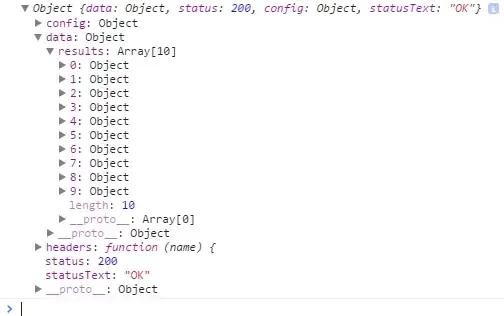I've been working with some org export engine code which passes around some rather large and complex list objects. It's rather tedious to explore an object by reading through a long word-wrapped printed representation of an object or iteratively writing and evaluating accessors in the scratch buffer. I and am wondering if there are any good methods for interactively examining values.
Take for example: many IDE's that present object values in an interactive tree view which permits incrementally expanding keys/values. The object is persistently shown on the screen and can be examined without much concern about the value types being viewed. A random screenshot of Chrome developer tools as illustration:
Other tools present values as navigable popovers (functionally very similar). A random screenshot from Visual Studio:
Is there anything similar for emacs lisp? Perhaps something built into edebug or provided by another package? Or is this just waiting to be developed?
Note: I discovered pp and pp+ shortly after posting this question. The formatting is incredibly helpful in visually navigating object structure. It saves needing to modify print-length and print-depth to extreme values and formatting the output in a separate buffer.

